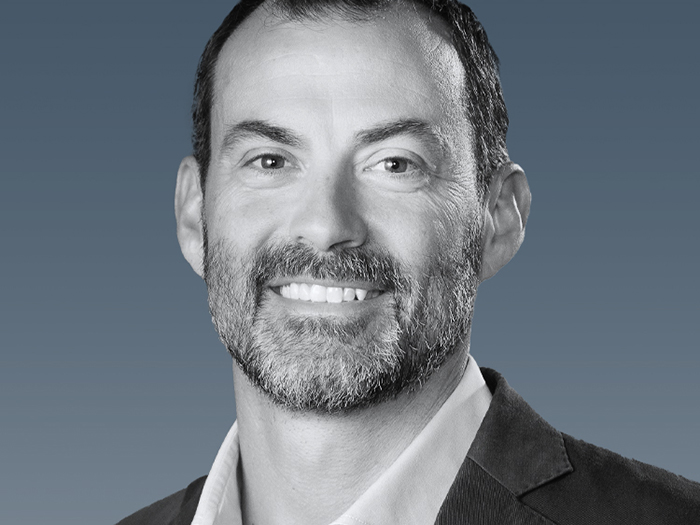What Higher Education Can Learn About Strategic Planning from Baseball’s Yogi Berra
Risk managers always look to the past for lessons that can apply to pending risk or uncertainty. From this perspective, we can go back to the wisdom of “Yogi” Berra, an American professional baseball player who quit school after eighth grade. He was widely known for his pithy, as well as, paradoxical statements.
Some of them are spot on as we watch strategic planning in colleges and universities:
- “It ain’t over ’til it’s over.”
- “It’s like déjà vu all over again.”
In the pre-pandemic days of 2019, two prominent educators, Peter Eckel and Cathy Trower, pinpointed the problem.
“Colleges and universities invest a tremendous amount of time and effort . . . in their strategic plans. Once finished, there is great fanfare and publicity, often around the plan’s creative name and new, bold priorities . . . Yet . . . few strategic plans . . . are meaningful and have a real impact on the trajectory of the college or university.”
It only takes a few minutes of reflection to understand why strategic planning does not work in higher education. Start with a typical vision statement.
This Plan will create a great, liberal arts institution with programs that are innovative, forward-thinking, adaptable, and transformative. The college builds ethical values and character while turning out graduates who will serve society and pursue successful lives and careers.
If we can’t be honest about the problem, we’ll never solve it. The typical strategic plan of a college or university does not tell what it will be. It tells the world what it thinks it is now.
Therefore, there’s no need to change. Or is there?
Forbes magazine measures the financial health of more than 900 private colleges and universities. In 2021, more than 600 schools (64%) got financial grades of “C” or “D.”
We scold our children when they bring home such grades. If a school has a “C” or “D” grade, is it likely to be “great . . . innovative, forward-thinking, adaptable and transformative?”
From a risk management perspective, it only takes a few hours of digging to identify the root cause of the current problem for so many institutions:
- Recruiting. Every school offers the same message of how great it will be for future students.
- Curriculum and Degrees. College catalogues are filled with complex rules, policies, and restrictions. They pose, as Reb Tevye said in “Fiddler on the Roof”, “problems that would cross a rabbi’s eyes.”
- Inflexible Faculty and Formats. It almost would take a catastrophic crisis to change the teaching and learning practices at many schools. Oh, wait a minute. We already had one.
Something different needs to be done. Many colleges will survive the pandemic, in spite of weak risk management practices, because of government stimulus payments. These are not likely to be available in the future.
We should listen to Yogi. At different times, he created his own risk management principles:
- You can observe a lot by just watching.
- Don’t make too many wrong mistakes.
- The future ain’t what it used to be.
If these principles are not helpful to risk managers on the campus, they should at least remember one final bit of Yogi wisdom:
“You’ve got to be very careful if you don’t know where you are going, because you might not get there.” &










